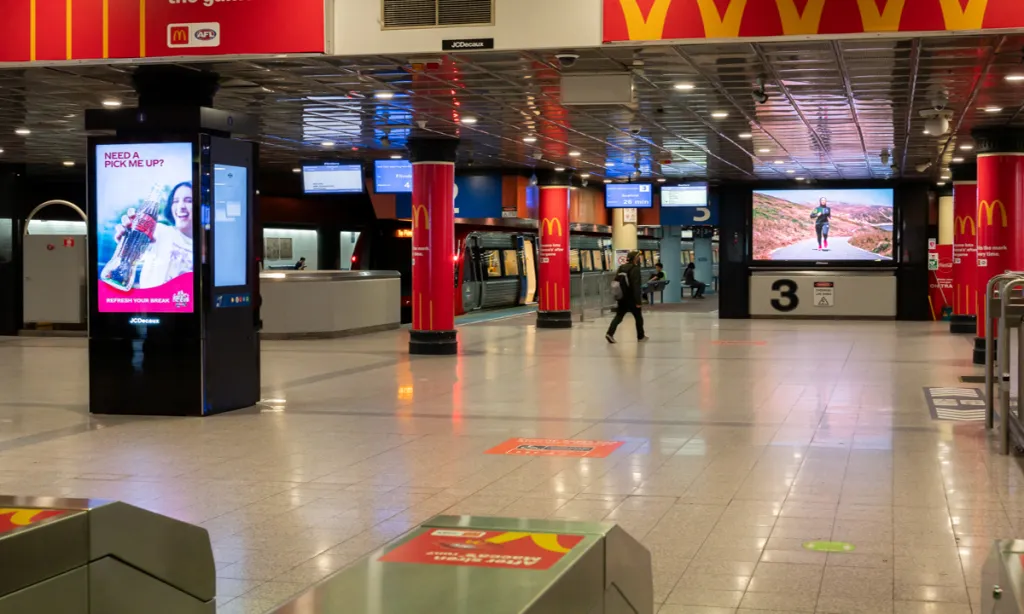Leading road safety researchers are calling on state and territory governments to lower default speed limits across Australia amid a horrific year on the roads.
There were 124 deaths last month alone, bringing the road toll to 761 at the end of July, 64 higher than the same time a year earlier.
University of Sydney urban research lead Jennifer Kent has penned an open letter to government, signed by more than 100 other academics.
“In Australia, we have one of the highest default local speed limits in the world,” Dr Kent said.
“What we’re calling for, is for it to be reduced down to that global standard of 30 to 40 kilometres per hour.”
A default limit is the maximum speed where there are no signs in place.
The default limit in built-up areas is 50kph in all Australian states and territories bar the Northern Territory, where it is 60kph.

Dr Kent points to examples overseas where there have been significant reductions in road fatalities after the default limit was revised.
Last year, Wales lowered its urban default to 20 miles per hour (32kph) from 30mph (48kph).
The Welsh government reported a 32 per cent reduction in casualties on these roads in the three months after the change.
“We seem to think in Australia that to get people to slow down, we need to change the way our streets are structured,” Dr Kent said.
“That costs a lot of money, but that’s actually just a really convenient distraction.
“In Wales, they didn’t do any of that. We could do the same thing here in Australia. It’s just having the political will to go through it.”

WA and NT highest rural default
WA Centre for Road Safety Research director Teresa Senserrick is one of the signatories to the open letter.
Separately, she is also calling for the WA government to lower the rural default in WA to 100kph.
WA and the NT have a default rural limit of 110kph, while the rural default in all other Australian states and territories it is 100kph.
“Our biggest killer is speed. The immediate answer is to really reduce our speeds and enforce them,” Dr Senserrick said.
“It’s the only silver bullet that we have. You can make this change overnight because there are no signs.
“You will have results, and you will have the legacy of showing that you’ve been able to eliminate so many of those traumatic incidents on our roads.”

Road safety summit
It is one of the ideas being put forward ahead of the WA government’s emergency road safety summit scheduled for early next month.
The summit was prompted by this year’s climbing road toll, with 119 deaths so far, 26 more than the state’s annual road toll for 2023.
Seventy-one casualties this year occurred on regional roads.
WA Road Safety Minister David Michael said the summit would look at default limits.
“We’re happy to consider all options and make sure that we have evidence … that things are practical and enforceable,” he said.
“I know that many local governments are trialling this, the City of Vincent has trialled lower speed limits, so again, looking at some of that evidence.
“A lot of what’s happening is down to driver behaviour … unfortunately — the old chestnuts of speeding and not driving to conditions, drink driving, being inattentive with the use of mobile phones.”

Shadow Road Safety Minister Martin Aldridge has put forward several possible solutions including reducing driver reliance on the default rural limit.
“There are also many regional roads that remain unrated as they have not been assessed for a safe speed limit,” he said.
“Prioritising this would ensure road users are travelling at an appropriate speed for the road in normal conditions, and allow government to target investment towards roads that are less safe at high speed.”
He also called for a rescue helicopter to be redeployed to the Midwest, and an increased police presence on regional roads to deter speeding and other poor behaviour.

A need for ‘fundamental change’
Regional road safety advocate and Plantagenet Shire President Len Handasyde is also putting an emphasis on driver behaviour.
“I believe the nut behind the wheel makes the decisions, and the rest of it is about outcomes. So speed obviously will determine an outcome; once you lose control, physics take over,” he said.

WA Road Safety Commissioner Adrian Warner said evidence pointed to a need “to fundamentally change the road safety culture in Western Australia”.
“If enough people drive at or under the speed limit more often, we will see a significant reduction in serious crashes on our roads,” he said.
“There are some motorists who think it is their right to drive in a way that puts themselves and innocent road users at greater risk of being killed or seriously injured.
“We need to make speeding socially unacceptable if we are serious about turning our road toll around.”

Mr Warner said increasing enforcement was effective at changing behaviour.
“We have six new mobile safety cameras coming, which can deployed anywhere, including in regional WA,” he said.
“They will not only detect speed but will also catch drivers not wearing a seatbelt or on a mobile phone. We know distraction is another major cause of accidents.”
Western Australia’s emergency road safety summit will be held on September 2.
Source: ABC News
Editorial: There is no mention of the number of trucks involved in these accidents and deaths as a percentage of all accidents involving road deaths. There is not a comment on the positive impact lowering the speed limit of trucks on the highways to a maximum of 80 km/h as is the case in other countries. That if implemented would also save lives.
There is no comment on limited truck access on suburban streets which we already know costs lives.

